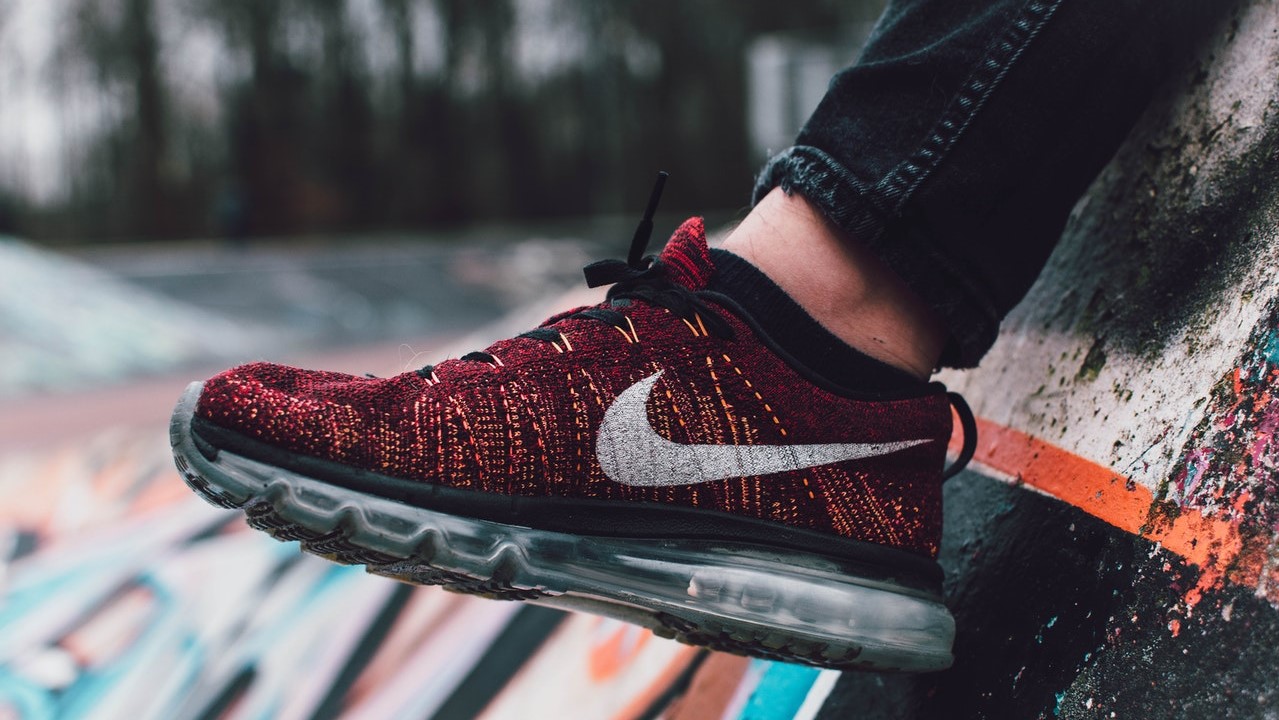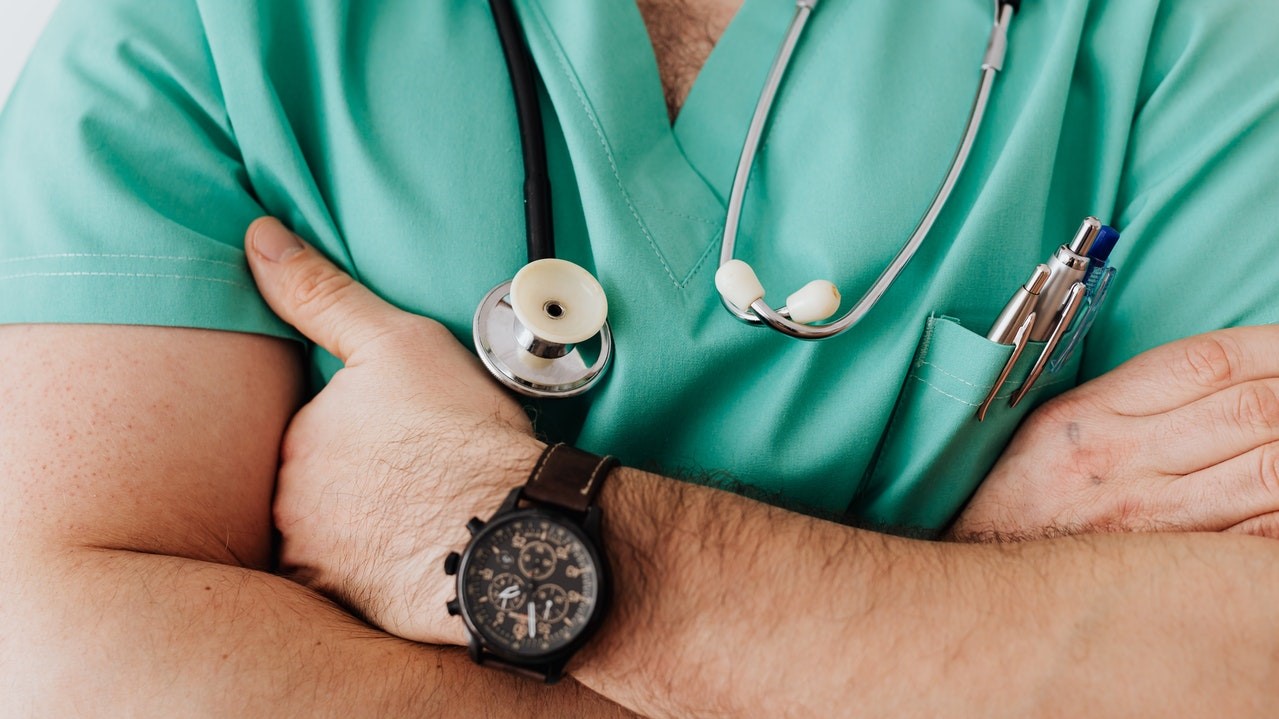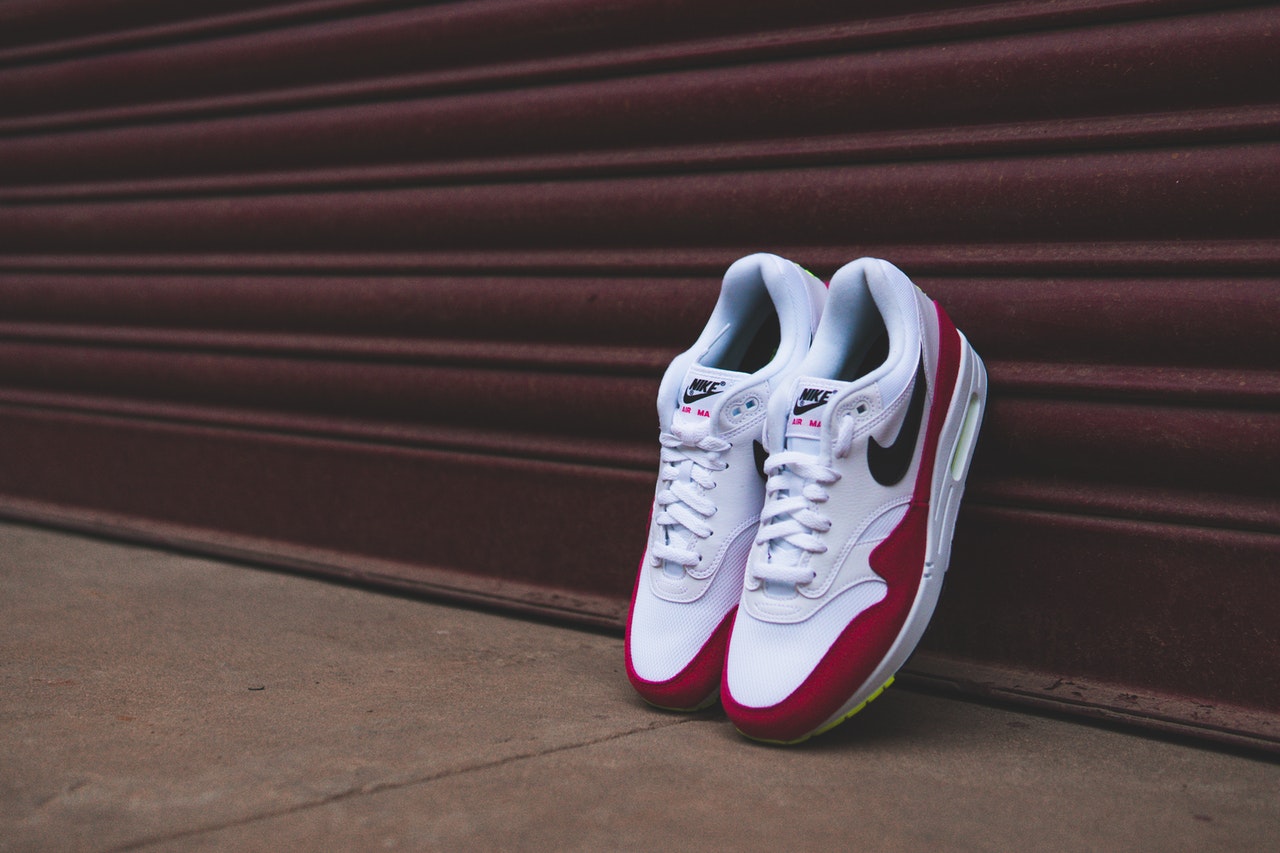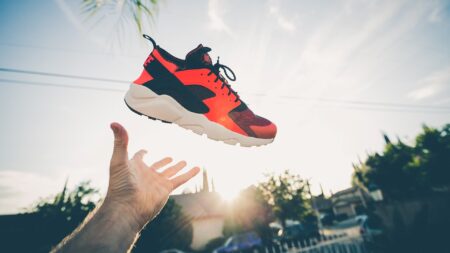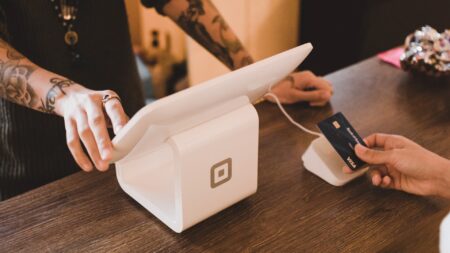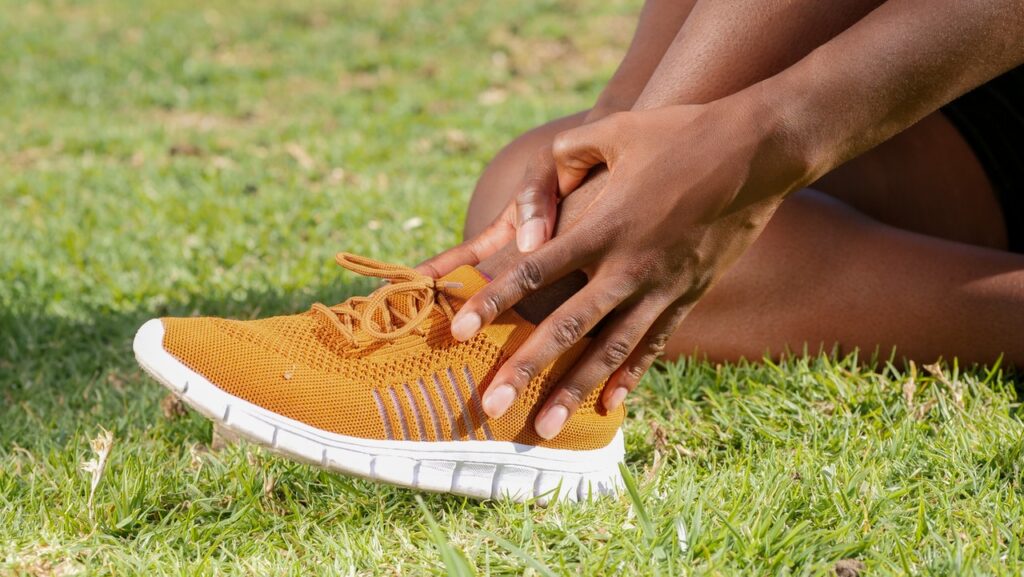
New shoes can cause a lot of friction for your feet and can cause blisters. Many people have been through the dread of having shoes that rub on the soles of their feet, which causes them to feel as if they’re burning each time they run or walk.
You’ve probably tried everything from insoles to heel cushions and bandages to help ease the friction of your shoes against your heels. While these methods can aid you through an uncomfortable time, they’re not always practical or are suitable for all. That might be the reason why you’re not willing to wear the newly purchased shoes because they hurt.
So this blog will look at a few ways to make your shoes less likely to rub your heels so you can run or walk more comfortably.
Table of Contents
How to Break in Shoes That Rub Your Heel
Using Heat
This method works best with suede and leather work boots. Heating softens suede and leather, making it easier to fit the contours of your feet. For starting, you’ll need hairdryers and an extra pair of socks. This is an excellent solution as it can be used on various types of footwear, including suede, leather, and cotton.
It’s designed to solve the issue of improperly fitting shoes. Be careful not to overheat your shoe, as this could make it bigger than you expected or cause it to burn. Make sure to heat your shoes if they hurt your ankle’s back. Suede and leather can be bent when heated.
Using Rubbing Alcohol
On the outside of the shoe, squirt some rubbing alcohol. Then, put the shoe on until the alcohol has dried, and you’ll see an increase in the size. Use this method only when your shoes are barely snug enough. If you’re searching for ways to avoid blisters on the rear of your heel after putting on new footwear, the heat treatment can be an absolute must. You could even soak a pair of thick socks in alcohol and then wear them with the boots if you’re feeling brave. The shoes will expand after drying.
Alcohol is most effective on leather, fabric as well as suede footwear. For the same effect, soak a pair of socks and wear them with the shoes while they dry. This process can be safe on your footwear because it won’t be damaged even if you use it multiple times on one pair. The method of heating, on the contrary, is more efficient.
Use Moleskin to Cover Your Heel
Cover your heels with moleskin or other soft material, then cut into strips that can be used as a bandage for the area of your foot that’s experiencing pain while wearing heels. Moleskin can be described as a synthetic textile cut into strips or shapes and can stick to your skin, stopping it from moving around. It also has an adhesive on one end that lets it stick to its surface, making it easy to cover your heel when you require additional cushioning in areas of your shoes that irritate. You can also buy the best cushion shoes for walking.
Wear the Right Shoe for Your Feet Type
Select a pair of shoes with sufficient arch support and don’t feel too thin since these shoes are more likely to develop blisters and other foot problems when used for a long time. If you have flat feet or arches with a high angle, search for shoes that have an arch-support insole or insole.
Other reasons for discomfort, like plantar fasciitis and heel spurs, can be relieved by wearing a light pair of shoes. See a podiatrist if you have such issues, as they can provide the proper treatment and specific types of shoes to wear.
Insoles For a Proper Fit
Insoles offer your feet moderate elevation, which reduces the surface that touches your heel. Although insoles may result in a slightly snug fit, they can help reduce the amount of motion between the skin of your foot and your shoe, decreasing the possibility of blisters forming. They also increase the comfort and support of your overall shoe experience.
This issue can be fixed by a good insole that can provide an improved fit and lessen friction between your feet and the footwear. If you walk, the sole of your shoe typically is in the boot and moves around, which grinds your heel to your shoe’s inside. Insoles are also a great way to increase the comfort of your shoes.
Frequently Asked Questions (FAQs)
What is a Heel Grip, Exactly?
Heel grips are pair of shoes that has soles attached to the heel’s back which improves stability and the ability to grip. Outdoor activities like climbing, hiking, and skiing are often done with heel grips.
What should you wear with Shoes to avoid blisters?
Before putting your shoes on, ensure you’ve got them clean and dry.
Apply a tiny amount of petroleum jelly to the heel of your feet and gently massage it into your foot to ensure complete coverage.
Choose cotton socks that don’t hinder your feet or toes.
What causes my shoes to give me blisters every time they are worn?
The main reason for blisters is not wearing the proper footwear. Shoes that are too tight or have a rough surface could scratch your feet which can cause blisters.
Conclusion
You’ve likely learned all you need to know about getting your shoes to fit appropriately and not chafe your heels. As you will see, it is essential to find not just the ideal size for your shoe and fit but also ensure that the shoe is made correctly and has no imperfections or flaws that could cause foot pain.
It’s unnecessary to worry any longer once you know how to break in shoes that rub your heel. Be aware that you’ll be using your pair for an extended period, so getting your shoes in shape is crucial.

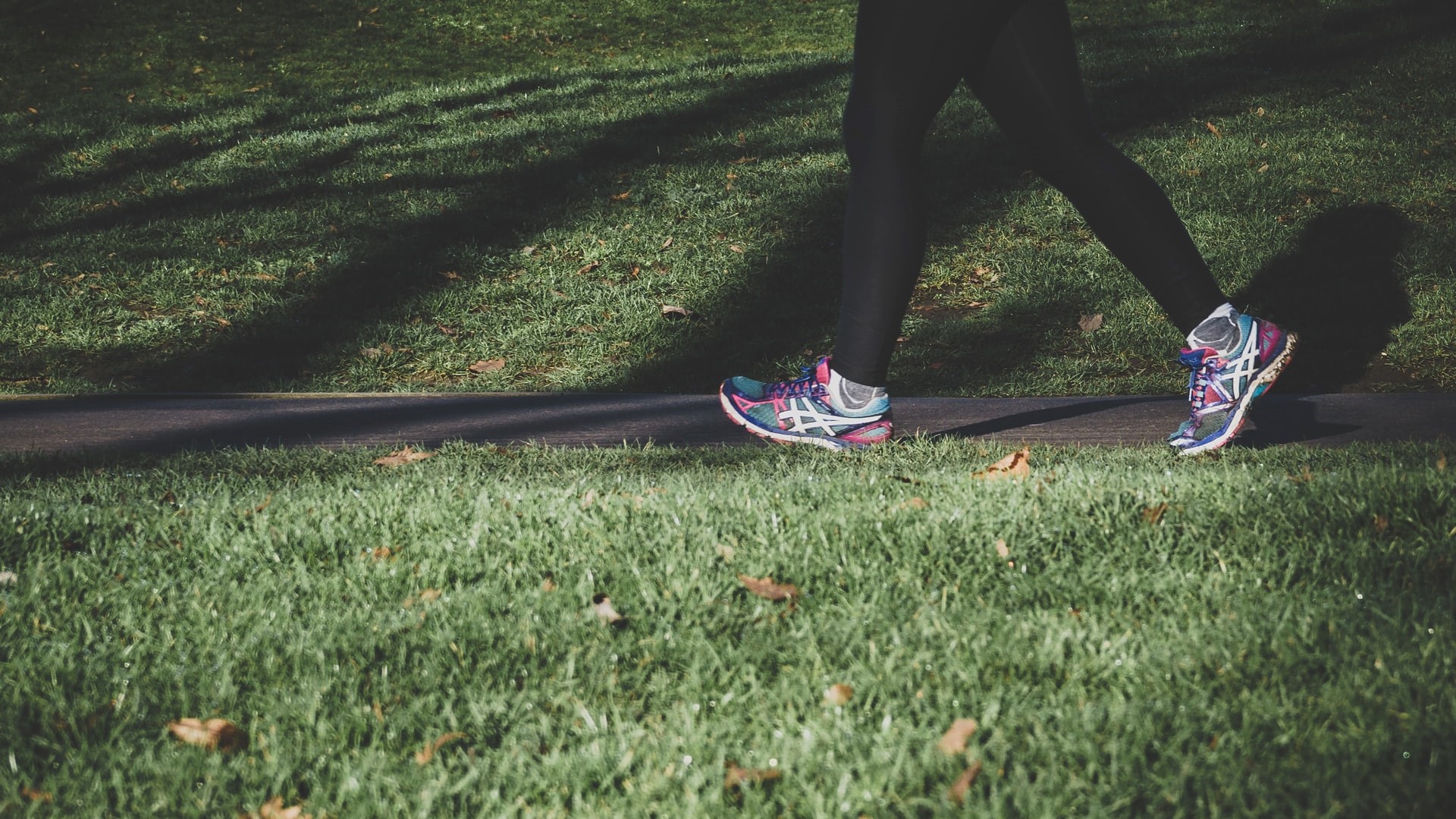
![14 Best Athletic Shoes For Bunions [Review & Guide]](https://shoesfame.com/wp-content/uploads/2021/07/Best-Athletic-Shoes-For-Bunions.jpg)

